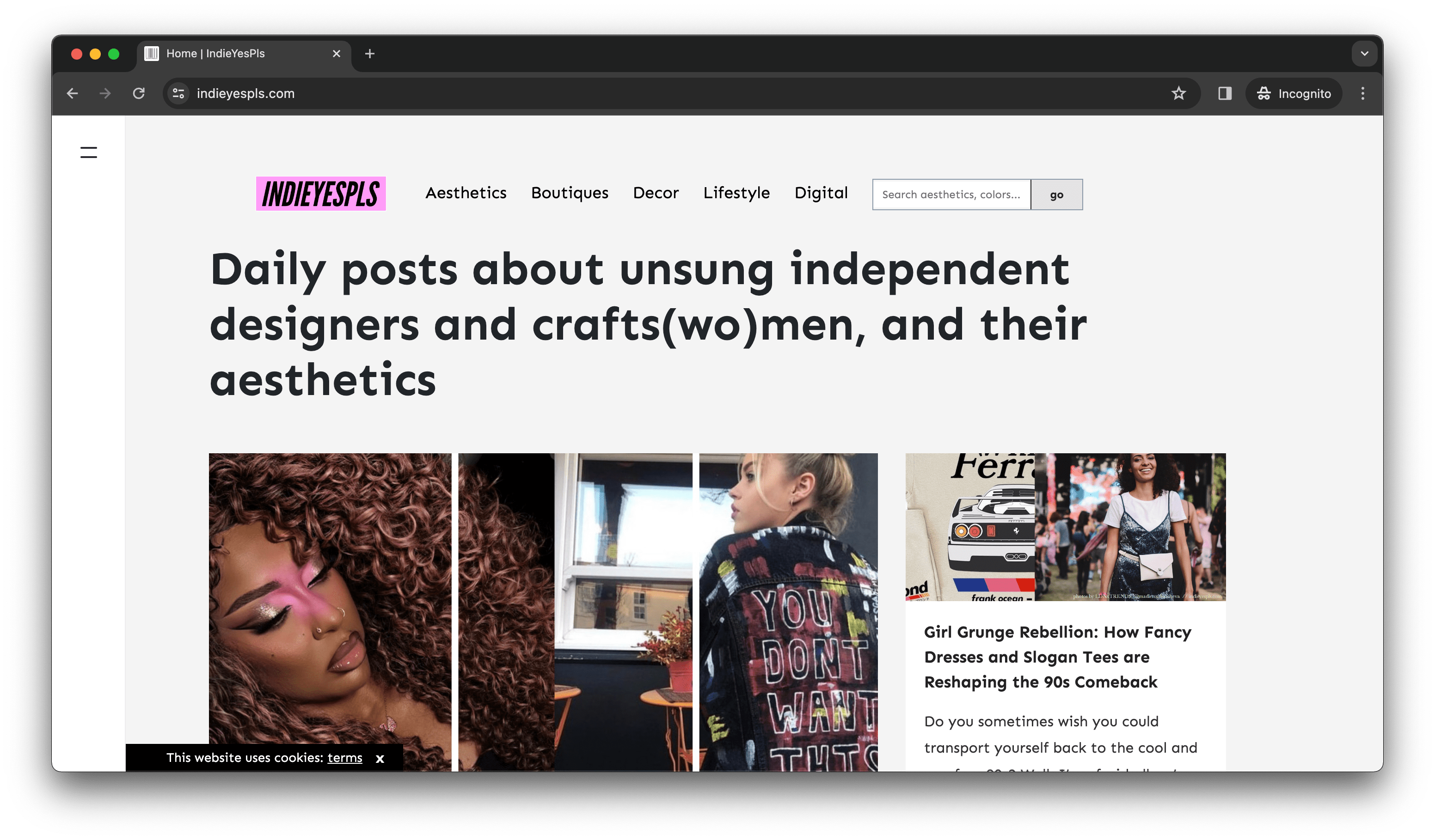Tech Challenges: Running a Niche Magazine on Headless Technology
 Diana Indie
Diana IndieRunning a niche magazine comes with its unique set of challenges - hello biweekly Google updates in 2023 that populated SERP with nothing but Quora and Pinterest!
But among all that, embracing new technologies like Headless CMS (Jamstack) can at least offer exciting opportunities. In this blog post, we delve into the tech challenges faced when using Jekyll, a popular static site generator, and also the backbone for the magazines run by my company.

While Jekyll brings remarkable speed and minimalistic functionality, we also acknowledge the difficulties in debugging, API disruptions, and the technical heaviness compared to platforms like WordPress.
However, if you and your team are comfortable with Markdown or have access to content converters, I think the benefits will outweigh the challenges.
Blazing Speed and Minimalistic Experience: Jekyll, being a static site generator, excels in delivering rapid page loads and a lightweight user experience. With its simple structure and absence of server-side processing, it minimizes the potential bottlenecks and delivers a seamless reading experience for our audience.
Debugging Challenges and Technical Complexity: One of the major tech challenges encountered with Jekyll is the intricacy of debugging. As a static site generator, Jekyll requires careful attention to file structures, dependencies, and templating tags. Troubleshooting issues can be time-consuming, particularly for those less familiar with the deep technical aspects of web development.
API Disruptions and Decoupled Architecture: Running a headless CMS means fetching dynamic content through APIs, and it comes with its own set of challenges. API disruptions or malfunctions can impact the ability to access the latest data, causing temporary disruptions in content delivery. Robust backup systems and a proactive approach to monitoring and resolving API issues can mitigate these challenges.
Markdown and Content Converters: Working with Jekyll often requires writing content in Markdown. While this can be an adjustment for those accustomed to visual editors, Markdown offers a lightweight and flexible way to create and format content. Additionally, your team is likely proficient in creating content in formats like Docx. So it's just about utilizing content converters like Aspose that can streamline the editorial workflow and make the transition to Jekyll more accessible. We use a custom converter written in Ruby for some of our sites.
Technical Knowledge and Learning Curve: Compared to WordPress, Jekyll demands a higher level of technical know-how. It requires familiarity with the command line, Git version control, and templating engines like Liquid. While the learning curve can be steep initially, it presents an opportunity for growth and skill enhancement, particularly for those passionate about technology and coding.
Running a niche magazine on Headless CMS technology such as Jekyll (Jamstack) offers a unique blend of advantages and challenges. While Jekyll provides blazing-fast speed and a minimalist product experience, debugging complexities, potential API disruptions, and the technical heaviness need to be considered. To make the most of this technology, it's important to have a team comfortable with Markdown or access to content converters.
Ultimately, the decision to adopt Jekyll or any other headless CMS should be based on your team's technical expertise, content requirements, and long-term goals. While Jekyll might be more technically heavy than platforms like WordPress, embracing the tech challenges can lead to a cutting-edge and efficient publishing ecosystem for your niche magazine.
Subscribe to my newsletter
Read articles from Diana Indie directly inside your inbox. Subscribe to the newsletter, and don't miss out.
Written by
